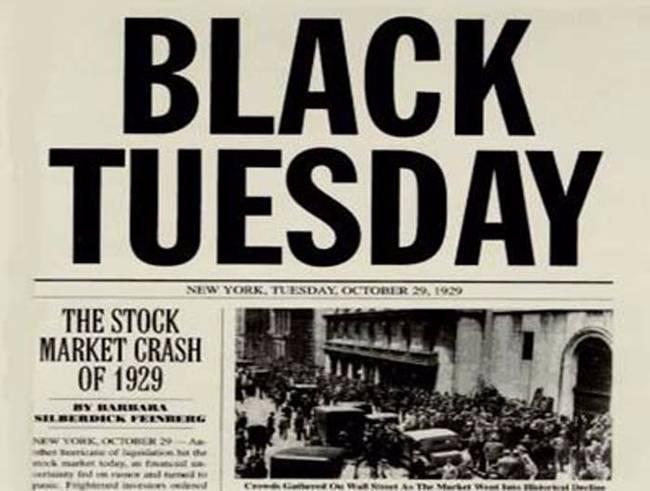
Figure 1: Black Tuesday Newspaper(Comparison Artifact)
Above is the newspaper that was published on Black Tuesday. Black Tuesday is one of the worst days in American history. I chose this artifact to compare to the falling man because it takes place in a time that is similar to 9/11.

Figure 2: The Falling Man (Main Artifact)
9/11 was a national tragedy that left the entire country in fear during and after the events. Nobody would have ever guessed that attacks would take place on American soil. Since the civil war, America has fought all of our battles overseas. We thought we were untouchable.
Similarly, in the mid to late 1920’s America felt untouchable in another way. During the 1920’s the US stock market had rapid expansion. Stocks saw higher highs almost everyday and the growth made people rich beyond their wildest dreams. America’s market sentiment and bias allowed the markets to grow artificially. What this means is that the growth was not backed by any tangible entity. Markets grew because more and more people wanted to buy stocks just because the markets were consistently increasing.
This is what is known as a bubble. Like real bubbles, they always pop. Eventually the market becomes so bloated that it collapses. Bubbles make people lose millions and billions of dollars all the time. In 1929 the stock market bubble led to the great depression.
This artifact is a newspaper of one of the most notorious days of the crash. It is the days that the markets hit their very lowest point. People were all lined up to take their money out of the banks because their faith in the financial system went to zero.
This relates to the falling man because it shows just how safe we all felt. It shows the consequences of negligence. When America felt safe, 9/11 happened and very clearly people died. When America felt safe and overconfident in their markets, black Tuesday happened and millions of people lost their jobs and worse.
In short, this artifact argues that we must not be overconfident or ignorant to the dangers in our world. Even the greatest and most prosperous events can have major downsides.
The elements that I will most likely discuss in my essay is the two artifacts major pathetic appeals. They both play into emotions because the events that they link to were very emotional. I will also link them in the similar sentiment of America before and after each event happened. Logos will most likely be different because the falling man is a lot more clear cut than Black Tuesday is a little more abstracted.







